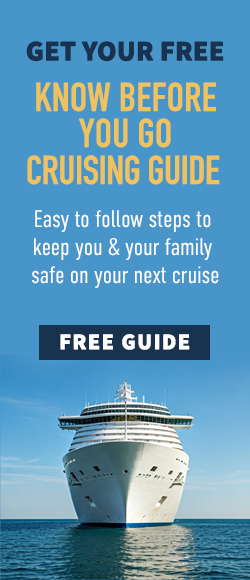by Aimee Juarez
Bradenton Herald/ East Manatee Herald
MANATEE – Parasailers soared over the Gulf on Tuesday as investigators continued to probe the cause of a parasailing accident that injured two teens Monday.
The Florida Fish and Wildlife Conservation Commission and the Coast Guard’s Marine Safety Office in Tampa continued to investigate the accident that injured Nataliya Lozko and Stephanie Cote while the two parasailed off the coast of Bradenton Beach.
Coast Guard Lt. Jason Mitchell said the Florida Fish and Wildlife Conservation Commission expected to conclude its investigation in four to six weeks and added that the Coast Guard’s investigation also remains open.
Lozko and Cote, both 15, were high above the waters of the Gulf of Mexico, about 600 yards offshore, when a tow line broke and led the two off course until they became tangled in utility wires.
Kirk Hanne, 42, of Bradenton formed the parasailing company Mid River Parasailing Inc. and its subdivision U-Fly, 4330 127th St. W., in 1999 and was operating the vessel that was towing the parasail without a license, a wildlife commission report said.
“Kirk is participating in the ongoing investing and will continue to do so,” Hanne’s attorney Jon Weiffenbach said Tuesday. “He was pretty upset with what happened.”
Last year, Hanne was arrested three times on alcohol-related motor vehicle charges, according to incident reports filed with the Florida Highway Patrol and the Manatee County Sheriff’s Office. Hanne’s legal history also stretches into Missouri, where he pleaded guilty for possession of marijuana in 1993, according to court records.
Weiffenbach said Hanne’s company carries liability insurance, but he could not confirm whether Hanne had a “six-pack license” that allows a boat operator to take out up to six paying passengers.
If charges are filed against Hanne, they would fall under maritime law, which is an international body of law that uses federal law and many of the same laws are incorporated into treaties.
Miami-based maritime attorney Charles Lipcon said the charges would be similar to any regular violation punishable by authorities.
“It’s like getting a traffic ticket,” he said in a phone interview with the Herald. “It depends on how serious they take it. I think the largest consequence is he’s subject to being sued.”
There are about 1,300 parasailing operators worldwide, according to estimates from the Parasail Safety Council.
The U.S. Coast Guard has recorded 76 parasailing accidents in the United States between 1995 and 1999, with 61 injuries, according to the Parasail Safety Council Web site. But that is just an estimate. Gary Morse, spokesman for the Fish and Wildlife Conservation Commission in Tampa, said the lack of regulation has made it difficult to track accidents.
“The parasailing industry doesn’t report accidents. There’s no one to report it to,” Morse said. “There’s no regulation.”
In 1999, Florida lawmakers passed legislation to regulate some aspects of parasailing, like prohibiting flight over bridges and beaches. Before venturing off, parasailing experts suggest adhering to a few safety tips:
- Sail with a well-established and insured company. Make sure a parasail operator gives a safety briefing, including emergency instructions on what to do if the line snaps, before taking flight.
- Ask questions about the business, like how long the operators have been in business or if they have ever had an accident.
- Never go up in high winds or if there is stormy weather in the forecast.
- Never fly using more than 600 feet of tow line. Anything longer makes it difficult to use hand signals.








